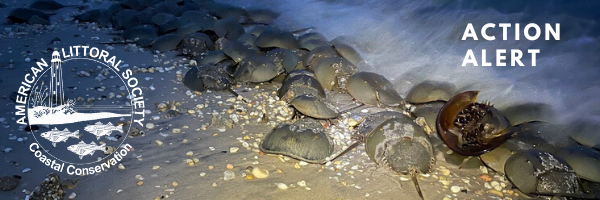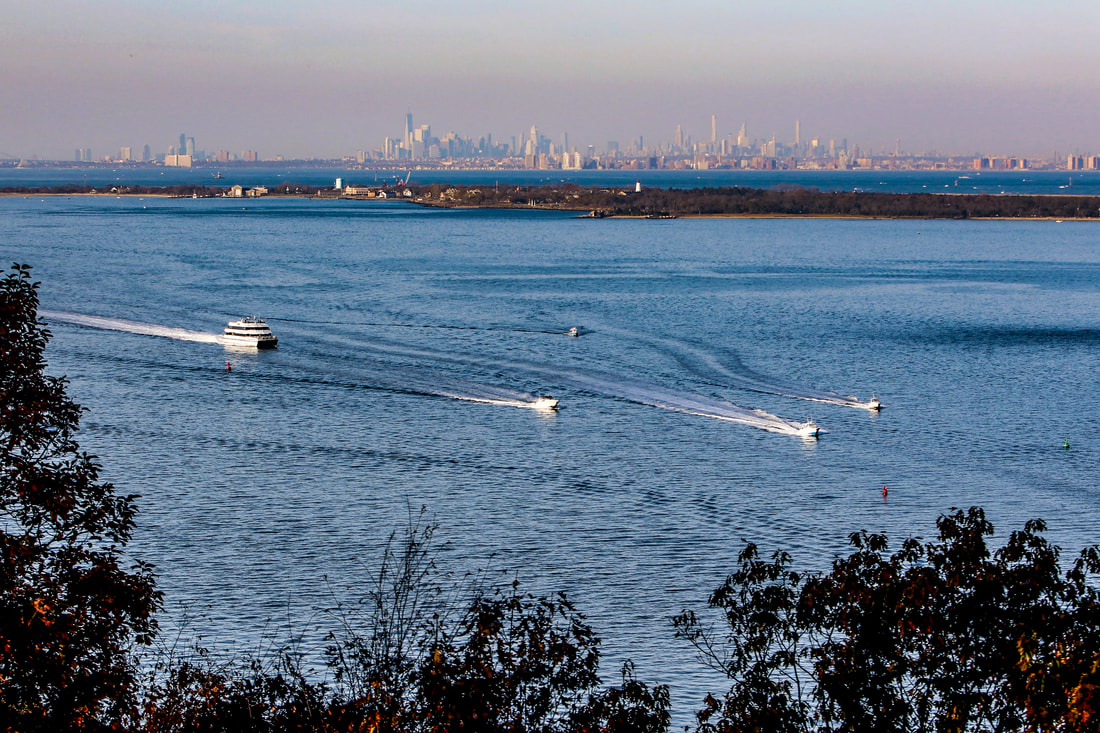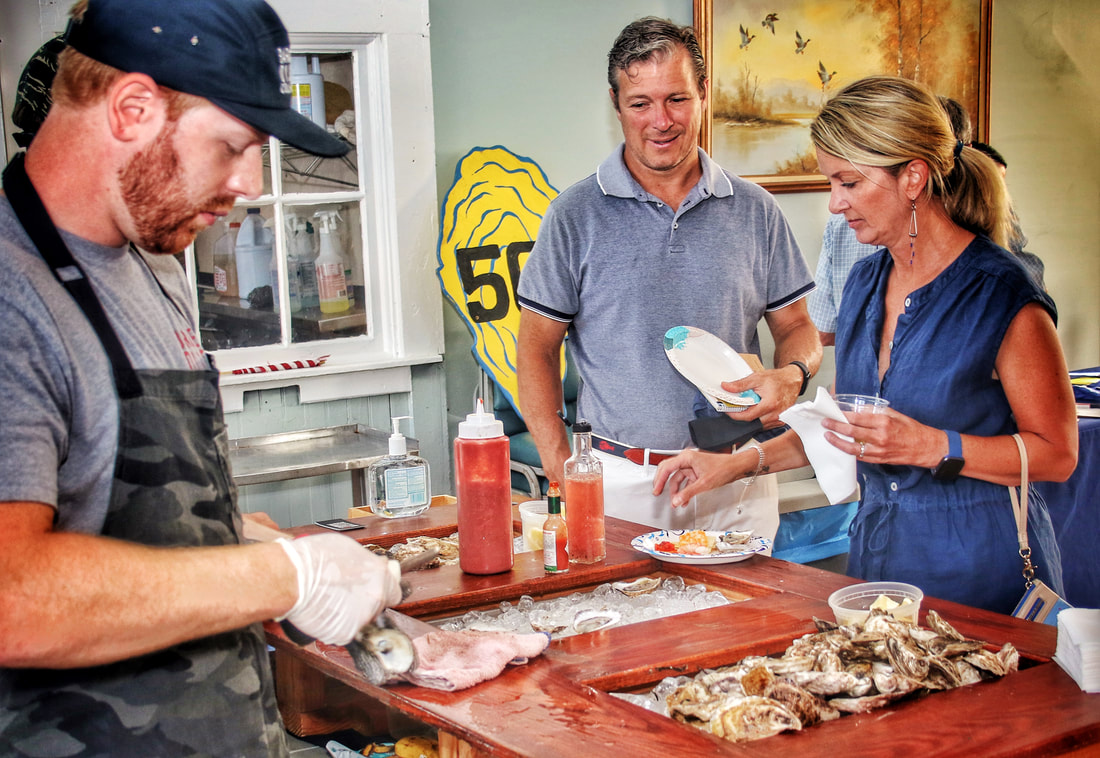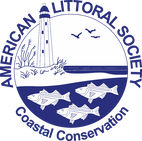|
Horseshoe crabs play a vital role in the Delaware Bay ecosystem, as their eggs provide nourishment for imperiled shorebirds such as the federally threatened Red Knot. Each year, thousands of Red Knots (a bird about the size of an American Robin) fly over 9,000 miles from Tierra del Fuego at the southern tip of South America to breeding grounds in the Arctic Circle. The Delaware Bay is a major stopover point during this long journey, where the Red Knots feast on horseshoe crab eggs in order to gain the necessary weight to have the energy to make it the remainder of the way to the Arctic Circle.
The overharvesting of horseshoe crabs by the bait and biomedical industries has put a severe strain on the ecological connection between horseshoe crabs and Red Knots. Fewer spawning crabs means fewer eggs and therefore fewer Red Knots. In 1998, the Atlantic States Marine Fisheries Commission (ASMFC) adopted a fishery management plan for the horseshoe crab harvest. Since the 2013 fishing season, the ASMFC has set harvest quotas using an ARM (Adaptive Resource Management) Framework that links the allowable harvest to the Red Knot stopover population. Each year, the ASMFC has selected the same allowable harvest totals based on this framework, which is 500,000 males and zero females. It was agreed that the prohibition on harvesting female horseshoe crabs would not be lifted until the Delaware Bay region hosts at least 81,900 Red Knots or 11.2 million female horseshoe crabs. Despite the fact that neither of these scenarios has occurred yet, the ASMFC has recently proposed changes that would result in lifting the prohibition on harvesting female horseshoe crabs, further imperiling the food supply for the remaining Red Knots. This is coming at a time when Red Knots are far from stable. The average Red Knot count at Tierra del Fuego for 2018-2020 declined more than 75 percent from average counts in the 1980s and 2000. In 2021, only 6,800 Red Knots were counted, which is by far the lowest count since surveys began. By allowing female horseshoe crabs to be harvested, there will be less available eggs and that will put further strain on an already delicate Red Knot population. You can take action: Over the past few decades, huge strides have been made to improve the waters of the Hudson-Raritan watersheds, which include the ports in New York and New Jersey, as well as the Hudson, Mohawk, Raritan, Passaic, Hackensack and Bronx rivers.
However, the New York – New Jersey Watershed Protection Act would supercharge those efforts by establishing a $50 million a year federal fund for restoration similar to existing funds for Long Island Sound and Chesapeake Bay. Recently, the bill, which has been championed for a decade by Rep. Paul Tonko (D-NY), passed in the House of Representatives as part of a larger funding package. Now it must be taken up by the US Senate, where in January companion legislation was introduced by Senators Cory Booker (D-NJ), Kirsten Gillibrand (D-NY), Bob Menendez (D-NJ), and Majority Leader Chuck Schumer (D-NY). You can help by thanking these sponsors and contacting your senators (find their contact info) to encourage support. “Our waterways are key economic, environmental and recreational engines for our communities,” Congressman Tonko said. “Despite this, our New York-New Jersey Watershed—the most populated watershed in America—has been neglected without key federal investments that would serve our Capital Region and beyond. My legislation responds to that long-failed opportunity by providing federal support to facilitate local restoration projects that promote healthy ecosystems, increase coastal resilience, improve water quality, address the needs of communities facing environmental injustice, and increase public access across our historic Watershed. I’m delighted to advance this legislation that will bolster this vital resource for our communities to enjoy now and for years to come.” 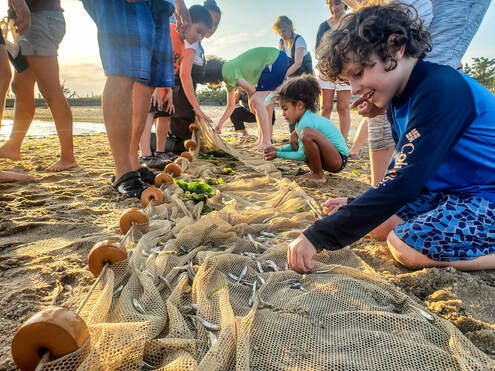 SUNSET SEINING: Wednesday, July 20 Wednesday, August 3 and 17 6 p.m. - 8 p.m. American Littoral Society HQ Gateway National Recreation Area Sandy Hook Unit GPS: 18 Hartshorne Drive Highlands, NJ Pay What You Can Register for July 20 Register for August 3 Register for August 17 DAYTIME SEINING: Thursday, July 28 Noon - 1 p.m. Meet at Horseshoe Cove – Lot L Parking Gateway National Recreation Area Sandy Hook Unit GPS: Intersection of Hartshorne Drive and Atlantic Drive Highlands, NJ Pay What You Can Please Register Discover the diverse wildlife inhabiting our coast. After a short talk on the Society’s front porch, we will drive over to Horseshoe Cove on Sandy Hook Bay for a seining adventure. Participants are invited to help pull our 40-foot seine net through the bay, and experience the excitement of learning about the fish and other critters caught. Wear clothes and shoes you don’t mind getting wet. Contact: [email protected]for more information. Oyster farmers from the Barnegat Oyster Collective and about 60 guests joined the American Littoral Society at McFly's On The Hook to enjoy a screening of "The Oyster Farmers" and some home grown oysters. We discussed New Jersey's growing aquaculture industry, the Littoral Society’s Operation Oyster and “Shuck It, Don’t Chuck It!” shell recycling program, as well as how oysters can play a key role in cleaning the state's bays and estuaries, while also protecting shorelines from storms. Then concluded the evening just in time to catch a great sunset on Sandy Hook. |
Archives
July 2024
Categories
All
|

